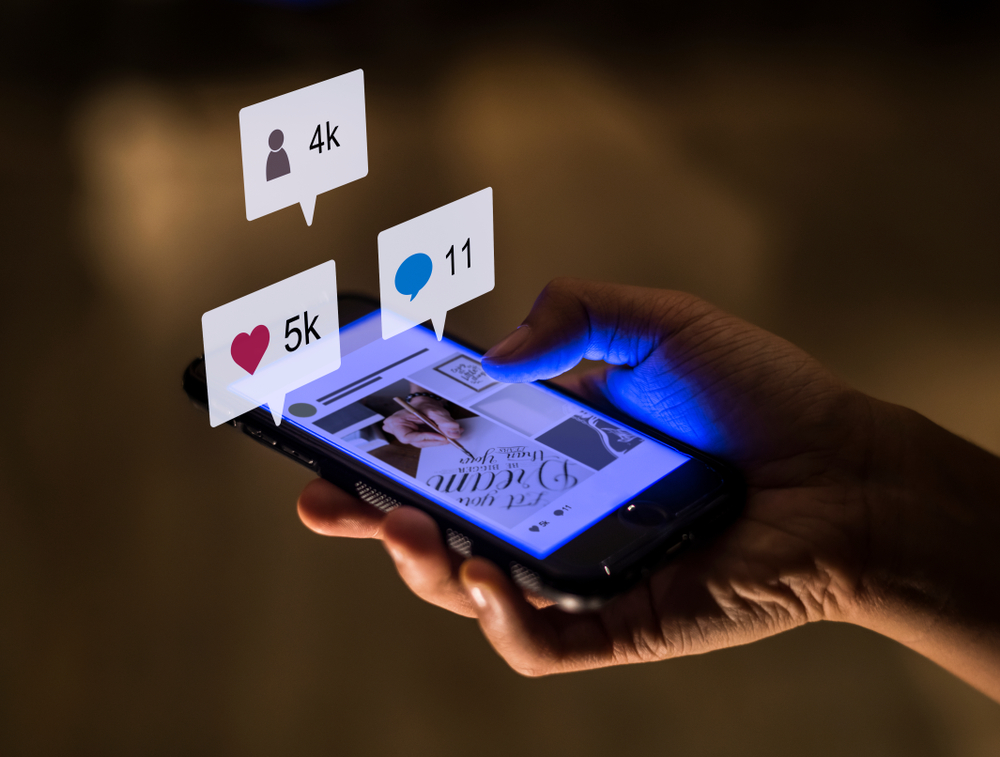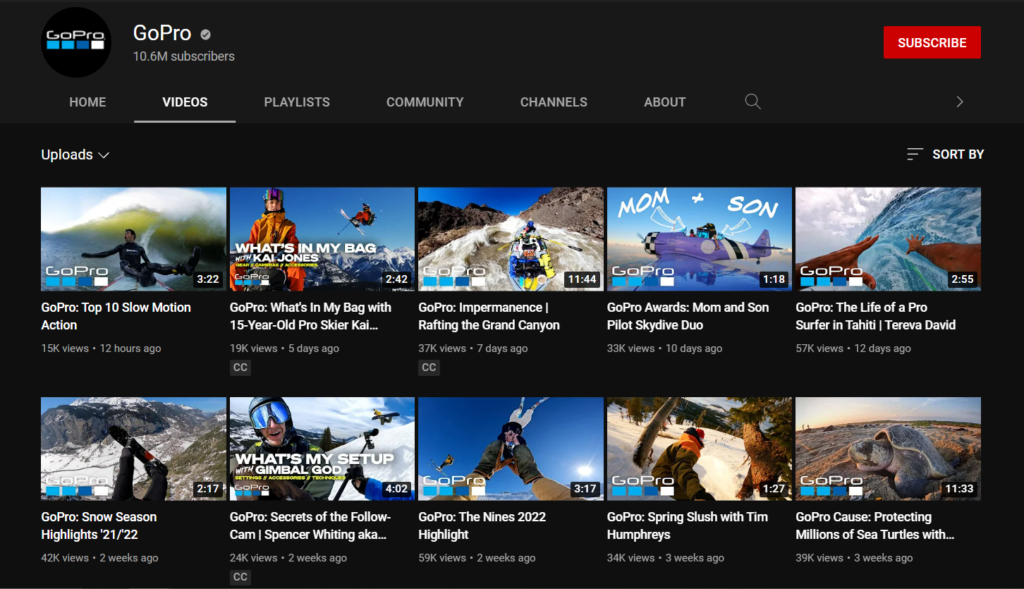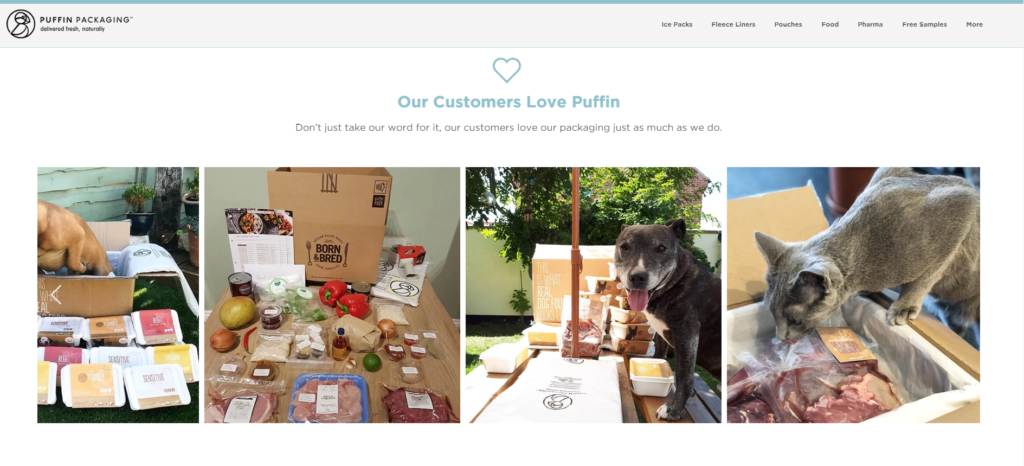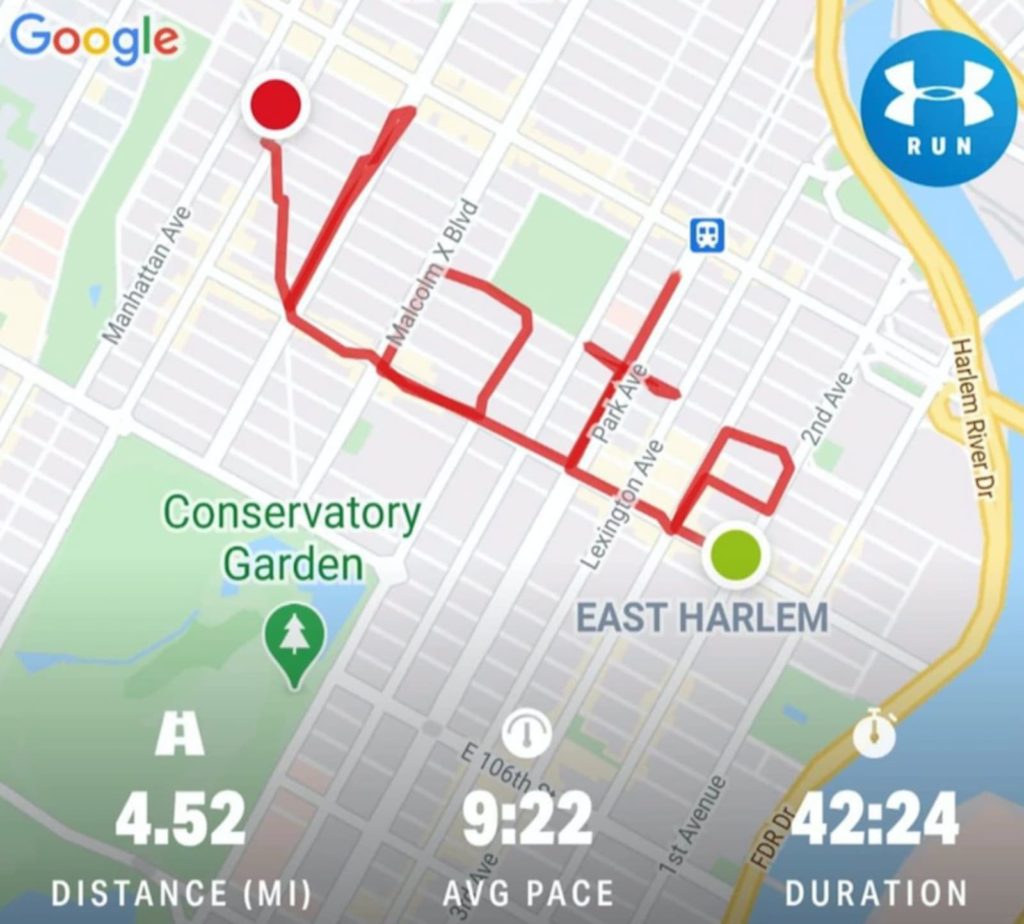In a fast-evolving marketing ecosystem, marketers need to consistently improve upon their strategies to keep pace. One way to not get left behind is to improve your strategies continuously, and to maintain your business’ momentum and your audience’s attention. This has led to brands shifting from traditional marketing channels to digital ones, in order to suit a more technology-immersed sphere of customers.
In the online world, user-generated content (UGC) has become an effective form of engagement, allowing brands to connect with their customers organically. With UGC, you get to show off your products and services to users in an honest and organic way. Furthermore, UGC has massive potential to turn inspirations and recommendations into purchases.
However, beyond content that explicitly shows off your product, UGC highlights values that are in line with your brand image and target audience.
If you want to learn how to turn your customers into brand advocates and ultimately leverage UGC marketing for brand growth, read on to learn everything you need to know.
What is User-Generated Content (UGC)?
UGC is any form of content—a podcast, social media update, video, review, etc.—related to your brand created by someone not officially affiliated with your business. For instance, if you took a photo of a burger you ate at a restaurant, uploaded it on your Instagram feed, and tagged the restaurant, the picture is considered user-generated content.
In other words, UGC is content by individuals rather than brands. It’s social proof that leads to an increase in sales, trust, and authenticity.
How Effective is User-Generated Content? UGC Fast Facts & Statistics

- 93% of marketers agree that consumers find customer-created content more trustworthy than content created by brands. (TINT)
Audiences turn to UGC as a trust signal, similar to how they would ask friends, family, or professional networks for an opinion. This indicates that UGC is the ideal format for businesses to establish themselves trustworthy.
- 35% of Gen Z believe that UGC makes brands more credible and will be utilized more in the future. (Cognizant)
When advertising to the Gen Z market, you must remember that authenticity is a crucial factor. UGC is one way to prove your genuineness while building online brand awareness. According to research, Gen Z thinks they’ll trust recommendations from actual customers or content creators partnered with influencer marketing more than company-created content.
- More than 86% of companies use UGC as part of their digital marketing strategy. (Forbes)
In recent years, using customer photos has become a trend among brands. Many companies have learned that these types of content get high engagement and reach larger audiences. UGC tells stories of the community, which can speak volumes about a brand’s reputation.
User-Generated Content (UGC) Benefits and How to Achieve Them

Content is king, and audiences are paying attention. Mediocre content won’t pass anymore. Users are looking for certain factors before they start engaging in a post. They watch out for other people’s experiences to determine if the brand is worth their money. By taking advantage of UGC, you’ll be able to reap the following benefits:
- Credibility
UGC is honest content produced by real people. The company doesn’t carefully manufacture the content. It’s based on the experience of others with your brand. Users gravitate toward relatability, so by showing these posts, you’re presenting individuals your audience can rely on. This also establishes trust between the brand and the customer.
Having social proof brings your business’ promises into perspective and boosts your credibility. It shows that you have loyal fans, a product worth talking about, and a social network that appreciates excellent content.
- More traffic and conversions
Traffic is one of marketing’s key performance indicators (KPI). However, while your site traffic may be high, it won’t matter if you don’t have conversions. Traffic and conversions go hand-in-hand; both need to perform well so that you can consider a strategy effective.
UGC campaigns help build customer relationships and strengthen your brand. Good customer experiences increase social traffic, brand awareness, and build a loyal follower base. When you roll out a UGC campaign, you must acknowledge your audience’s efforts. For example, when you launch a TikTok contest, it would help if you thanked the users for their submissions. This creates a more direct and meaningful interaction with your audience.
- A better understanding of your audience
You can generate key insights from the content your audience shares. The more insights and feedback you gather, the better you can adjust your strategy. With reviews, you must pay attention to negative feedback and improve the areas where your customers aren’t satisfied. Remember to interact with UGC so that the rest of your community will get motivated to share their experiences too.
- Unique content
Your marketing team and your audience produce different types of content. With UGC, you may get content you haven’t thought of doing before. These blog posts, photos, reviews, and videos are from an “outsider’s” perspective and a fresh take on your brand. They keep your content interesting and engaging, motivating other people to join the fun and supply you with exclusive content. When you discover how to start a blog, you’ll see that being unique is the number one priority.
- Cost-effective
Your marketing budget may be limited. In creating visual content, your team must be creative enough to produce stellar posts within the budget. On the other hand, you don’t have to spend money using UGC. Since you’re sourcing images from your social media audience, there’s little to no cost.
The Best Types and Examples of User-Generated Content (UGC)
User-generated content allows you to delegate brand-building responsibilities to your customers. It keeps audiences interested in hearing what others have to say, which helps build brand loyalty. Here’s how other brands leverage their UGC; these may inspire you with your own campaign.
- Visual content
GoPro is an action camera manufacturer based in California. Every day, at least six thousand GoPro-tagged videos are uploaded to YouTube. The company’s account had reached more than ten million subscribers, even when the world went through a pandemic. GoPro has become a strong brand because it sells a lifestyle and shows it through UGC.

The brand celebrates an active lifestyle and shares that with the world by working with the right people in the right places. GoPro forms partnerships with different exciting people, from athletes to tourists, encouraging them to capture their adventures and enticing potential customers. In their community, people are the heroes of their brand. They make sure their visual content focuses on entertainment, sparks a conversation, and shows audiences authentic stories.
- Testimonials and reviews
Testimonials and reviews don’t necessarily have to be in text form. They can be photos and videos by customers sent to the brand’s email or posted on social media. UK brand Puffin Packaging showcases these UGC effortlessly by making space on their website.

Even if there’s no text, you can sense the customers’ affinity with their product, building trust and piquing the audience’s curiosity to know more about the brand.
- Interactive events with customers
Interactive events can engage your customers in creating UGC. You can hold these events in person or in the virtual space. Product launches, learning seminars, and contests are some examples of events you can host.
Starbucks is a brand that utilizes contests as part of its marketing campaign. They have done numerous successful campaigns, such as the White Cup Contest and the Red Cup Contest. These UGC campaigns are so popular in the industry that they’re constantly being referenced.

With these social media marketing campaigns, Starbucks encourages its customers to post photos of their white/red cups with the appropriate hashtags (#WhiteCupContest, #RedCupContest). These aren’t ordinary coffee cup photos. Customers need to doodle on the cups and whoever wins gets their design printed on a limited edition Starbucks reusable plastic cup. The campaign generated thousands of entries, boosting brand visibility and pushing their reusable cup initiative.
User-Generated Content (UGC) Strategies for Brand Growth
When it comes to benefits, UGC is a two-way street. Brands get connected with their audience and show off their product while fans get noticed and featured, allowing them to grow their following. So, how can you turn your customers into advocates using UGC?
- Determine your most effective social platform
To harvest high-quality UGC from your audience, you must know the social platform they live on. Remember that each platform has a different culture and audience and meeting your customers where they’re at isn’t enough. You need to know how to communicate with them effectively.
Here are the best approaches for each major social media platform:
- Facebook – Good for full-video content and stories that are more interactive, as Facebook works with a host of different media types.
- Twitter – A platform where you can capitalize on hashtags. If you’re hosting an event, you can tweet real-time coverage. UGC is easy on Twitter since you can simply retweet a post.
- Instagram – To maximize the UGC potential of Instagram, you should know how to regram, discover content through hashtags, leverage the Explore page, and repost stories.
- TikTok – Rather than refined stories and reviews, TikTok is the space for original and unpolished videos. You can engage with customers in the comments and ask for permission if you can repost. Just remember to credit the user properly!
- LinkedIn – As the largest social network for professionals, LinkedIn profile posts should align with your brand’s goals. Rather than posting dance challenges, you should use this platform to post professional employee-generated content.
- Utilize different UGC types on specific platforms
You can utilize UGC for other media: your website, print, email marketing, and of course, social media campaigns. Now that you know the best content to post on each app, you must know how to classify UGC in different digital channels. If you have a UGC photo of a guest enjoying their time in your hotel, it’s best to post it on your Instagram. However, if you have a written review, you should probably put it under the booking page on your website.
- Ask your audience questions
Sometimes, UGC needs a little push from the brand to get the ball rolling. You can directly ask your audience a question to get the content you need. The question should be thought-provoking and open-ended so that you can pull relevant quotes from the post. Here are some sample questions:
- What is your favorite [insert topic]?
- What are your thoughts on [insert topic]?
- How has [insert product] made your life easier?
You can use the responses from these questions as content for blogs, testimonials on your site, or quotes on social media.
- Support a cause
Social responsibility is a huge factor in purchasing decisions with consumers today. 64% of customers worldwide believe that a brand’s position on social and political issues is important for customer experience. You can showcase your brand’s values by supporting a community cause.

Create an authentic connection with your audience by choosing a relevant cause to your brand’s values. For example, sports apparel company Under Armour encouraged their audience to cast a vote during the 2020 US Elections by asking runners to spell out “vote” as they ran through an 11.3 miles route. The campaign was called #RunToVote. It showed the company’s ethics while increasing engagement and creating a library of UGC they can use in the future.
Build a Stronger Community
Now that you know the basics of UGC, you’re ready to create your own campaign! This strategy has great potential to grow your online community and boost your sales. So, whether you plan to integrate product reviews on your website or post UGC on your Instagram feed, you should have a foolproof campaign that can encourage your audience to participate.
Consult with a digital marketing agency like Spiralytics, a social media marketing agency in the Philippines, to get started with UGC, improve brand loyalty, and inspire your customers to share your brand with others.




